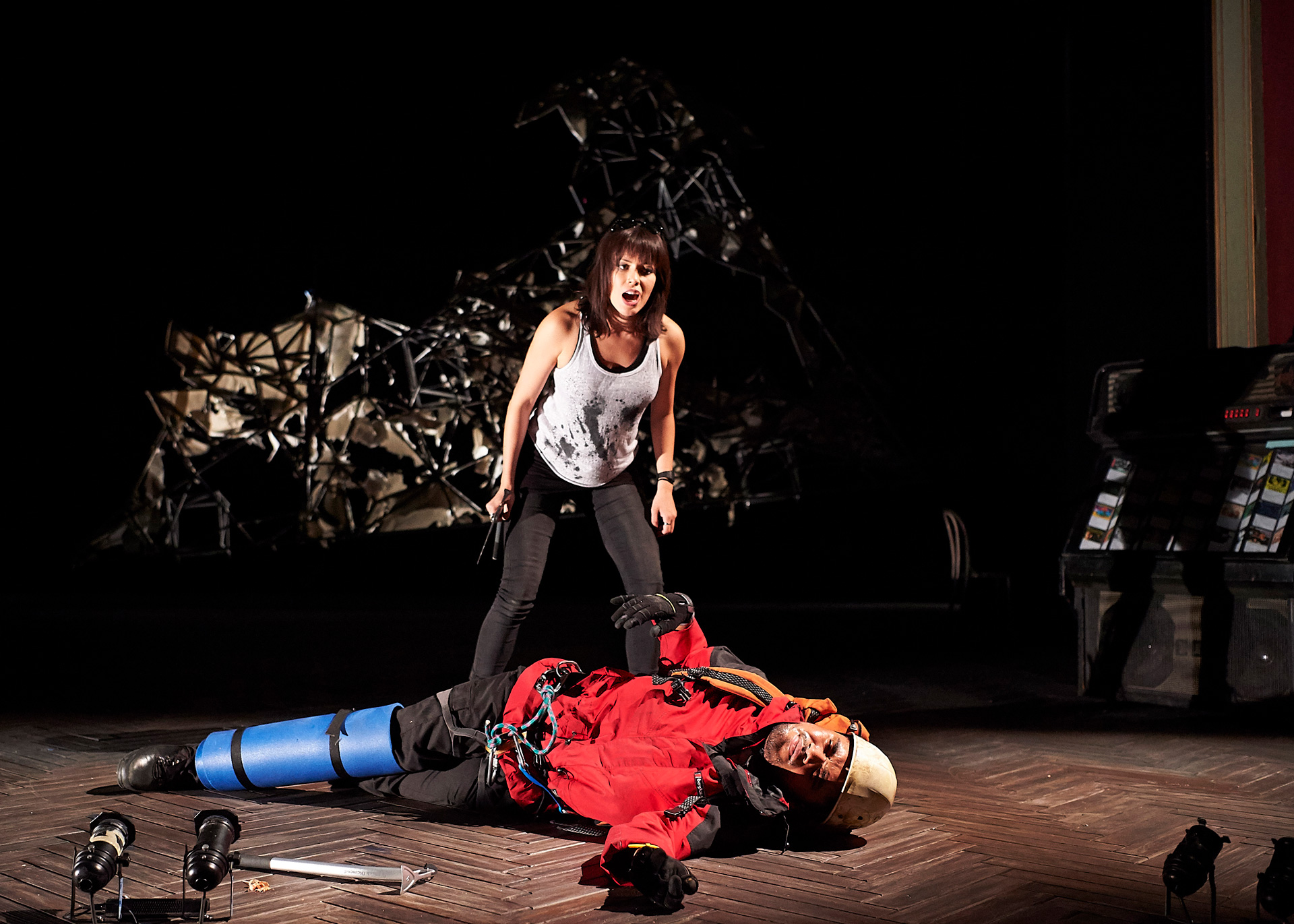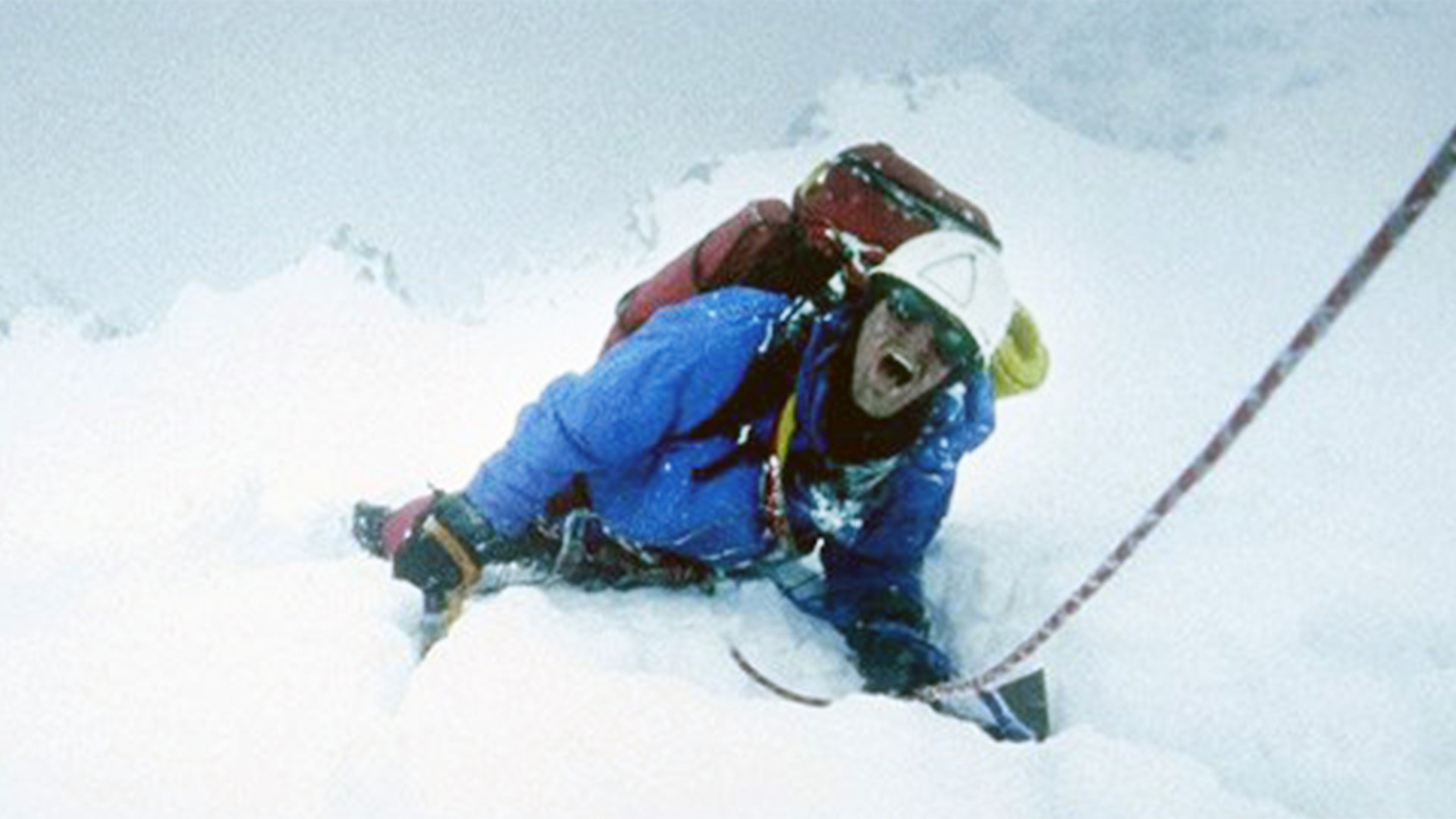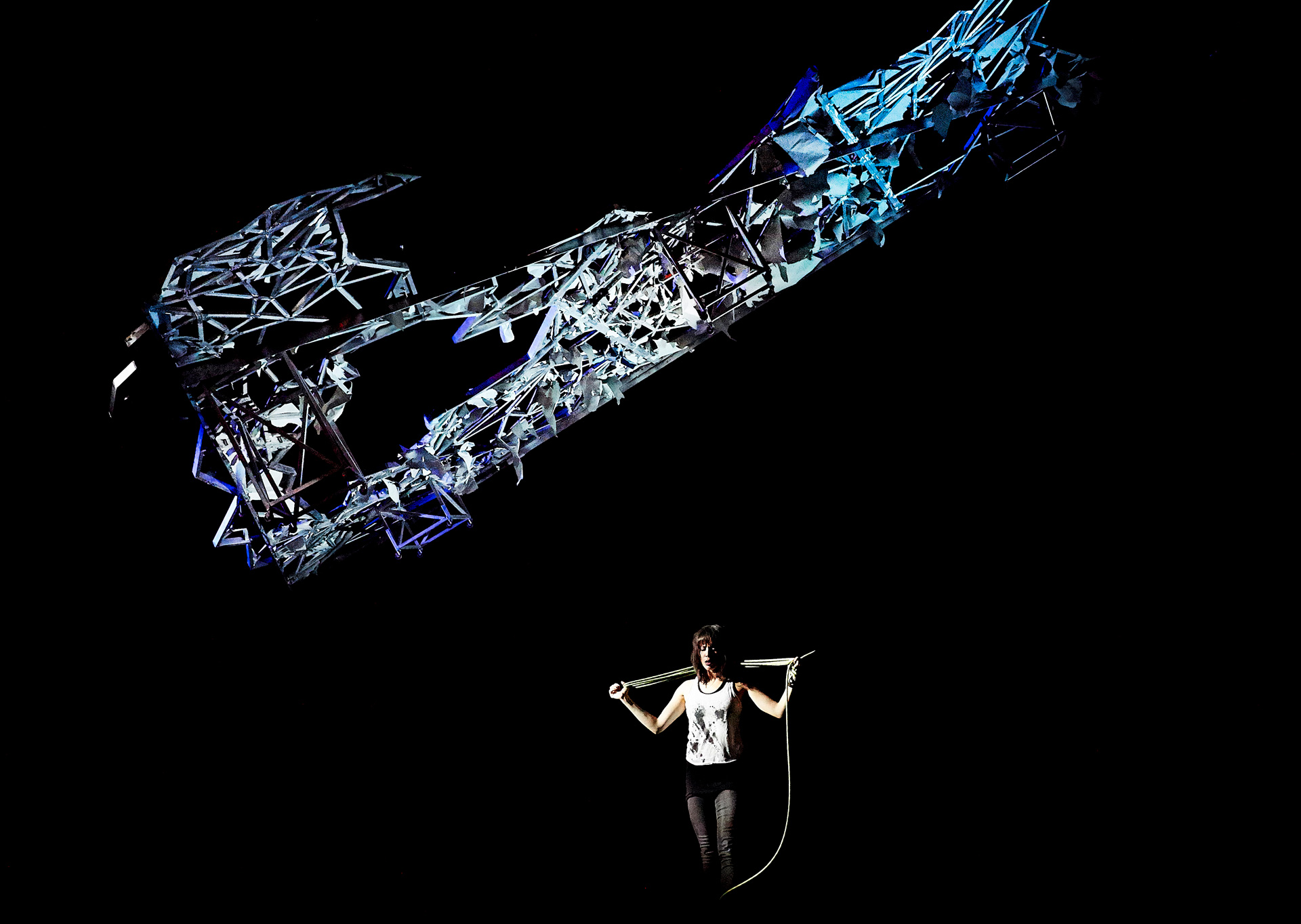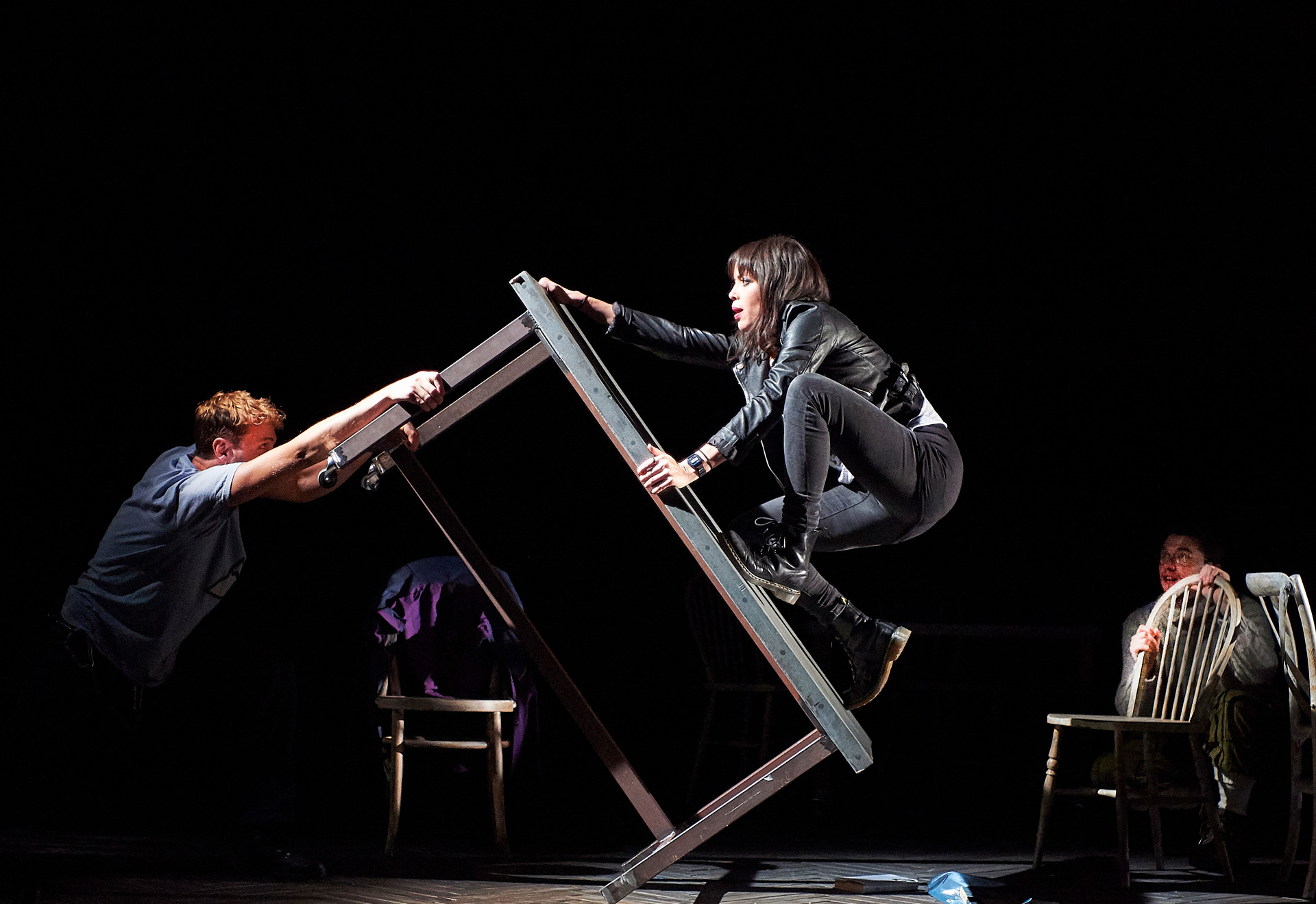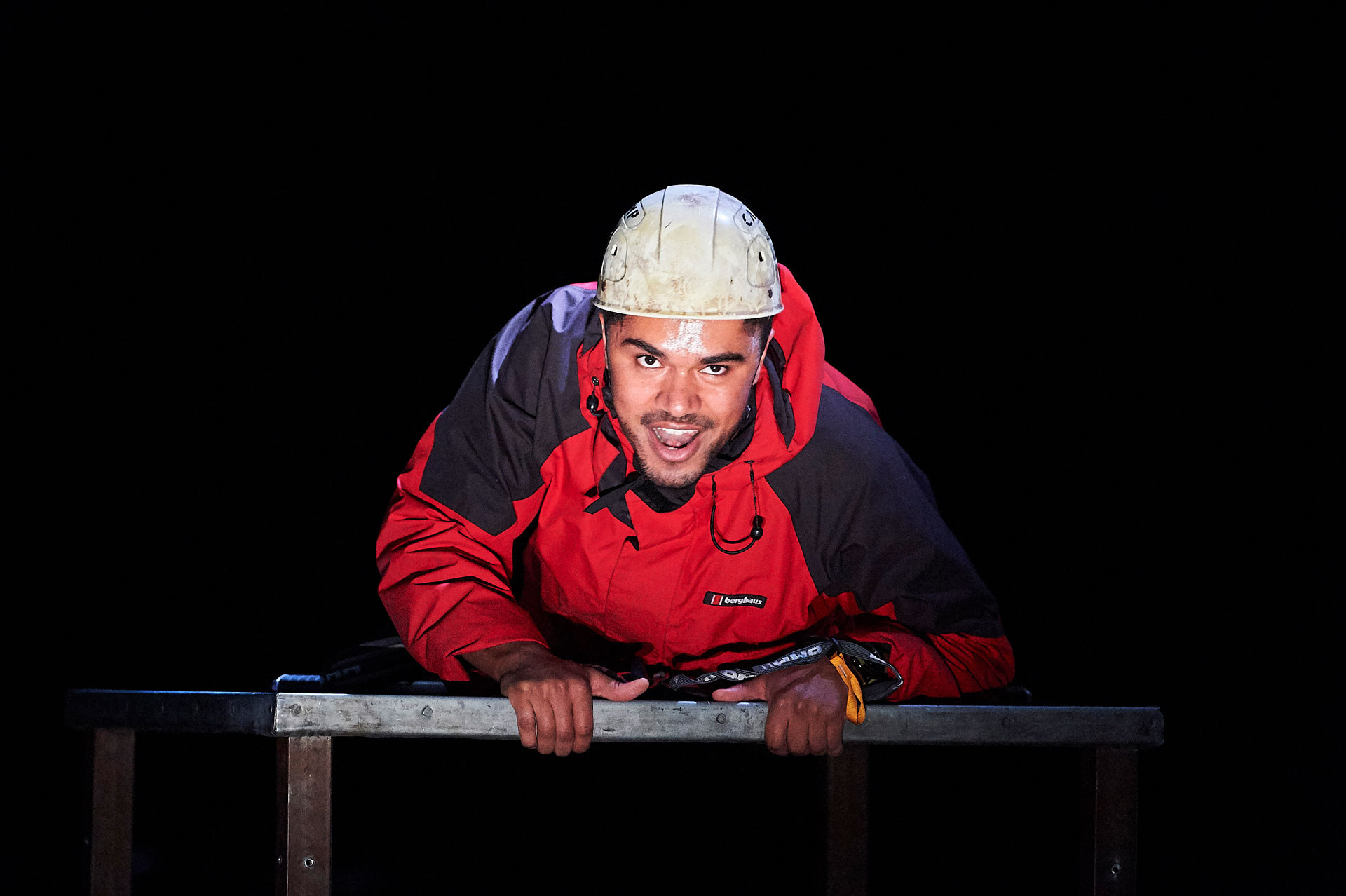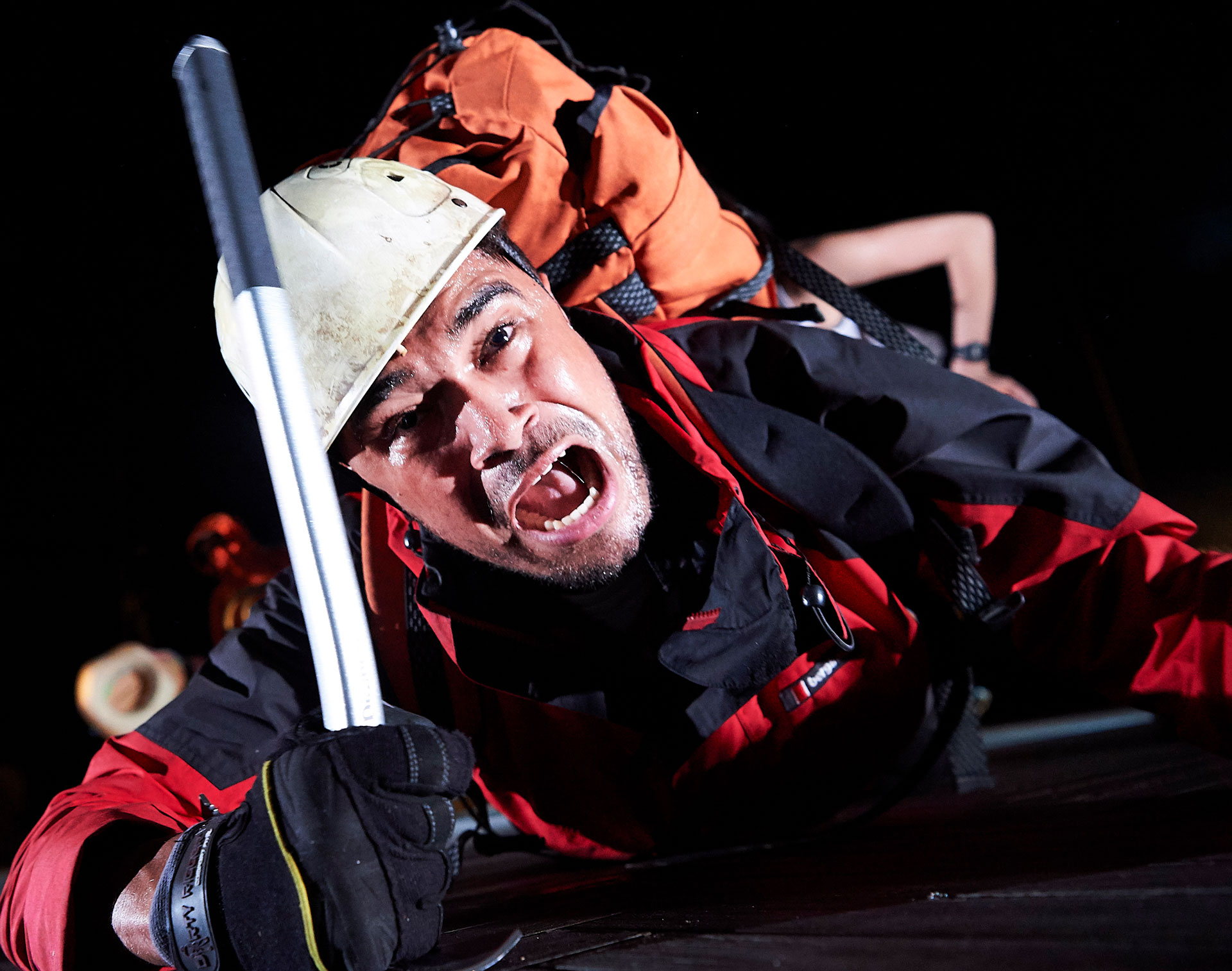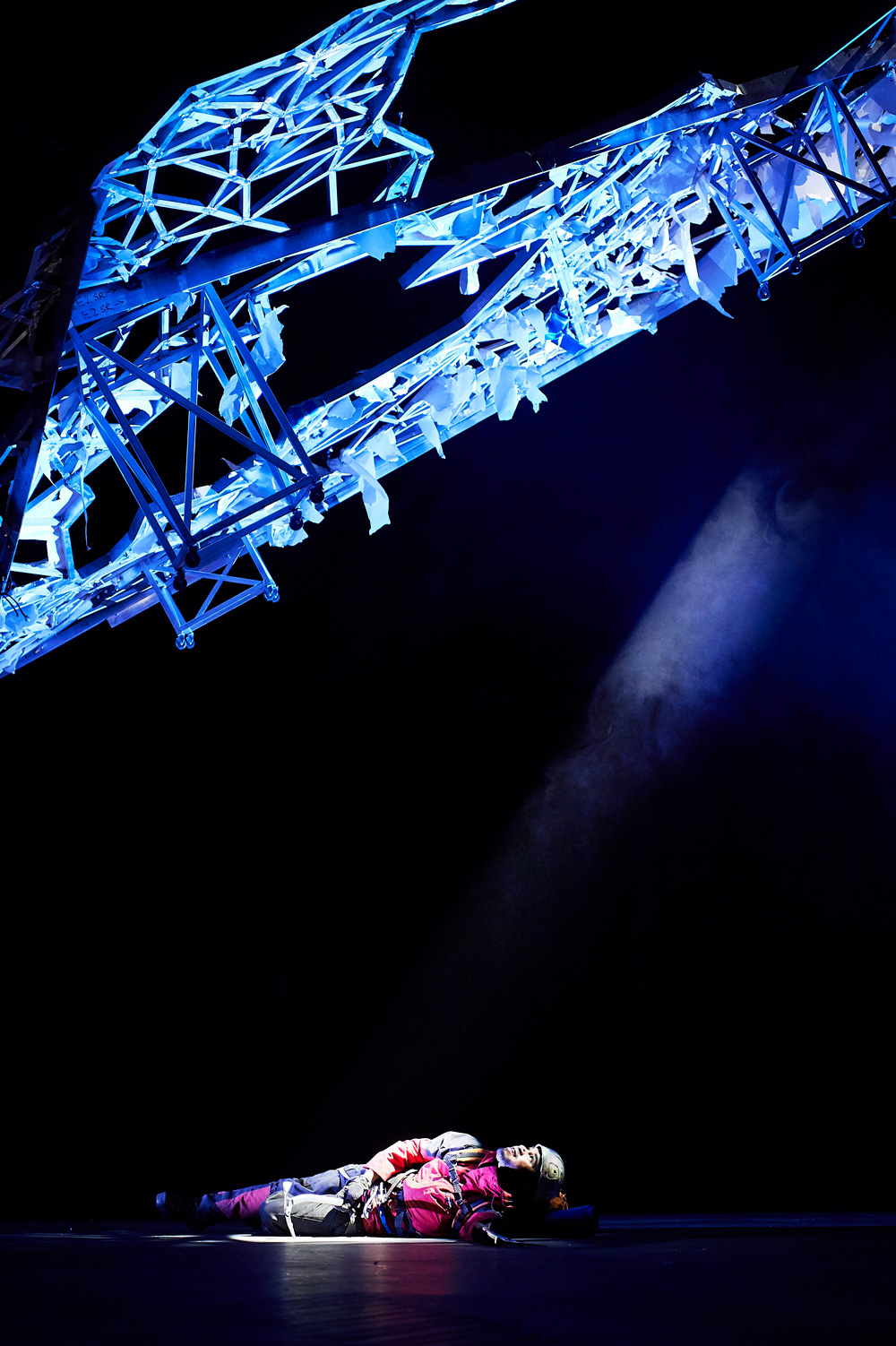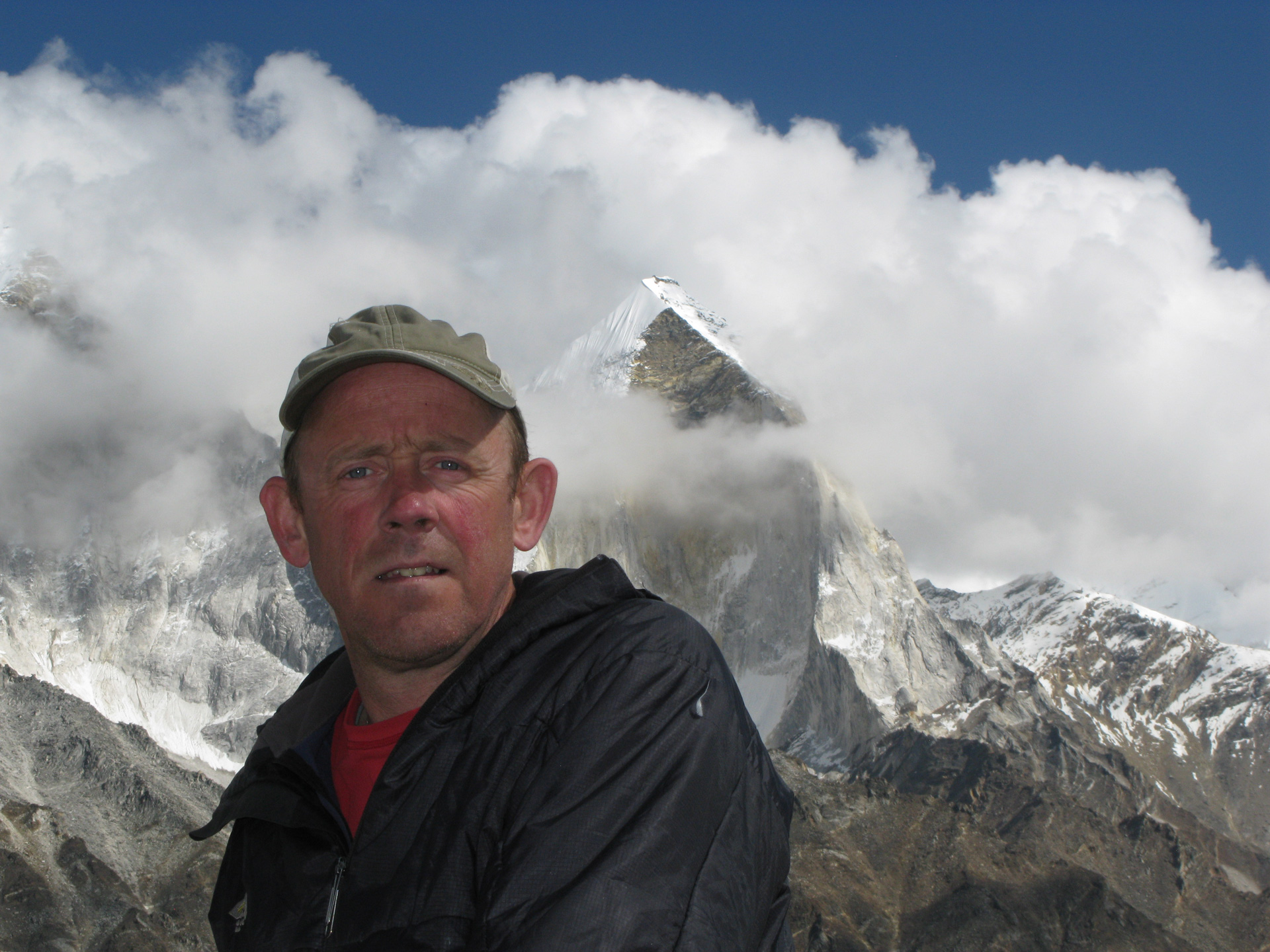Featured Image: ‘Touching The Void’ on stage || Credit: Geraint Lewis
The question over why people climb mountains is one that has been asked for generations.
In the 18th and early 19th century, mountains were seen as places of peril, not attraction. No one in their right mind would climb one. In the years that followed, solutions to the everyday hardships of the time arose, however. Mountains were glamorized as urban developments became the norm and the landscape paintings of the Romantic artists were popularised. Fear was replaced with fascination and mountains, for many, came to symbolise freedom.
“People who aren’t mountaineers want to know what on Earth is going through your head”
In 1923 George Mallory would provide the New York Times with probably the most famous ever response to the question of why one would climb a mountain: “because it’s there.”
It seems to be the question that draws the mainstream to the world of mountaineering most often, and to its rich artistic heritage, which encourages more people to climb every day. Heinrich Harrer’s remarkable The White Spider launched a generation to follow him up the Eiger. Alex Honnold’s oscar-winning Free Solo is arguably the most heralded film in any sporting sphere in years, and – for better or worse – is likely to inspire more free-climbers.
Possibly the most frequently told mountaineering tale of our time, though, is that of Simon Yates and Joe Simpson’s ascent of Siula Grande in the Peruvian Andes, which would lead to Simon having to cut Joe’s rope, Joe surviving and crawling back to safety, and the story being immortalised as Touching the Void; an award-winning book, film, and now, a play.
